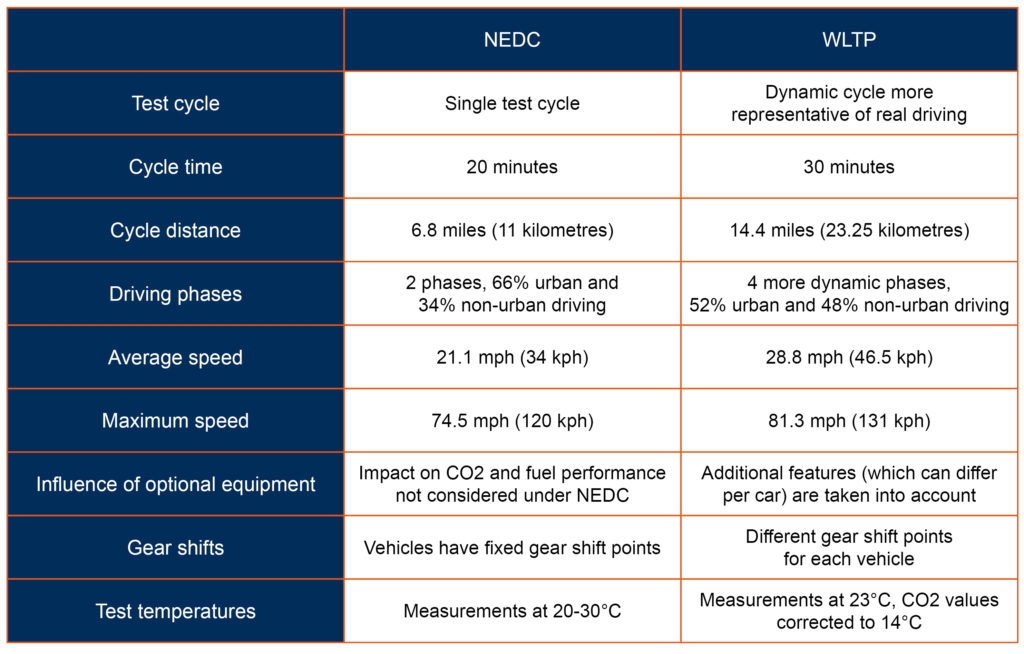Since September 1st 2018, all new vehicles have to undergo the Worldwide Harmonised Light Vehicle Test Procedure, giving the manufacturer and customer more accurate fuel consumption and emission information on all new vehicles.
After the Volkswagen emissions cover-up and “Dieselgate” scandal in 2015 revealed many car manufacturers were cheating emissions tests, and the general dissatisfaction from consumers with the real-world economy figures of new cars compared with the official figures, a new emissions test has been introduced called the Worldwide Harmonised Light-duty vehicles Test Procedure (WLTP). The WLTP is the new official test from the European Union and replaces the previous “New European Driving Cycle” (NEDC) test procedure. Every model registered in the UK must now be approved under WLTP, which is developed for global use, but is also subject to specific European regulations. The aim of the new test is to give manufacturers and customers more accurate information about the real-world fuel and energy consumption, as well as CO2 and other emissions figures for new vehicles.
NEDC vs WLTP

The NEDC has been in place since 1972 and updated in 1992. The new WLTP test differs from the outdated NEDC process in a number of ways: all tests will continue to be conducted in a laboratory, however, the new test is longer and more dynamic, with a greater range of driving conditions, speeds, distances, gear changes and temperatures. The results will give manufacturers and customers a better idea of how the vehicle will perform when being driven in real-world conditions. Both NEDC and WLTP results will be shown with vehicle data until September 2019, at which point NEDC test results will be discounted.
The main differences between the two test procedures are:
WLTP Benefits
With the more realistic test conditions introduced by the WLTP, the results will rate vehicles around 22% less efficient than they were from the NEDC test. While this may sound bad, it will be a benefit as these will be accurate and true results that customers can expect in the real world. Another change is that instead of just testing one version of each model, the WLTP tests must be carried out for every model variant.
Real Driving Emissions Test
By 1st September 2019, all new cars will have had to have undergone another test called Real Driving Emissions (RDE) test. This second test will complement the WLTP laboratory test by analysing the pollutants emitted by cars on public roads in various conditions. This will ensure that cars deliver low pollutant emissions, not only in the laboratory but also on the road. The vehicles will be tested at various speeds at low and high altitude, in year-round temperatures on urban roads, rural roads and motorways, to ensure that they meet the specified limits on the roads. Europe is the first region in the world to introduce testing on public roads, marking a big step forward in the testing of car emissions.
Sources:
www.vehicle-certification-agency.gov.uk/fcb/wltp.asp
www.wltpfacts.eu
www.acea.be/industry-topics/tag/category/real-driving-emissions-test/

